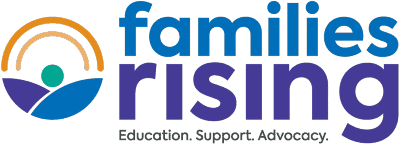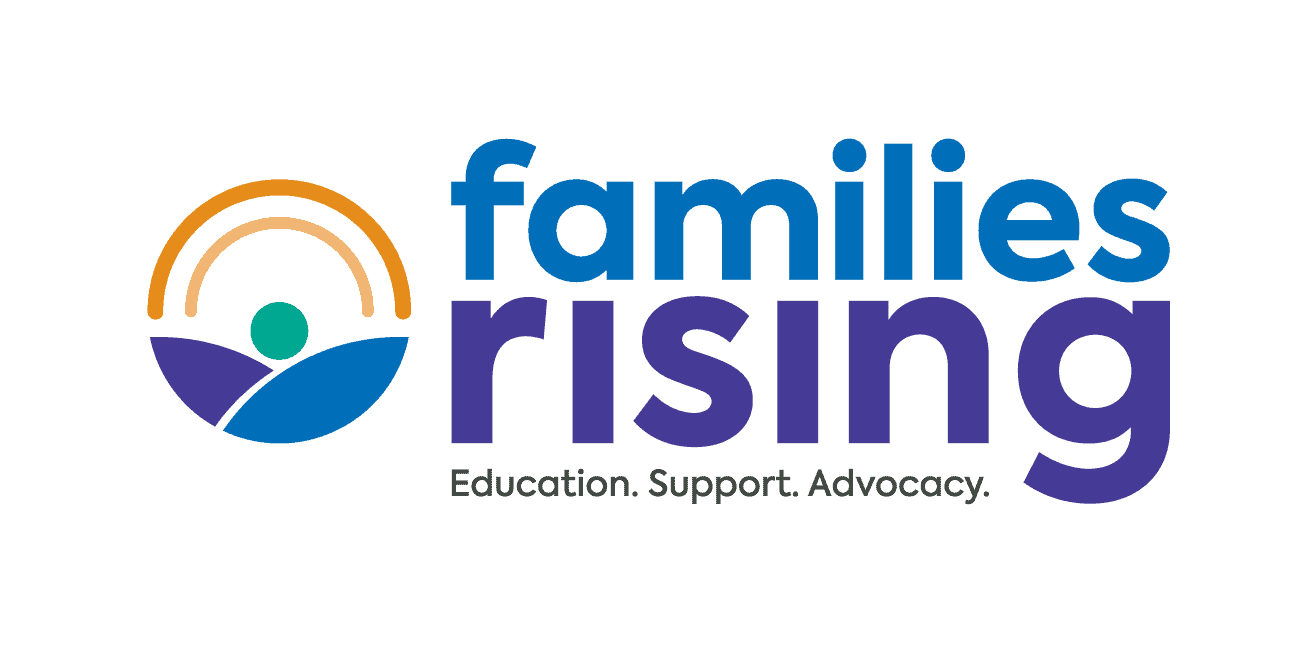By Mary Boo
In federal fiscal year 2018, according to the Adoption and Foster Care Analysis and Reporting System (AFCARS), more than 63,000 children and teens were adopted from foster care in the US—the highest number ever reported. At the end of the year (September 30, 2018), the number of children in care was 437,283, a slight reduction from 2017 (441,071).
Foster Care at a Glance
The decrease in the foster care population—while small at less than 1 percent—does seem to signal a change after five consecutive years of increases.
As usual, the goal for most children in care was to return home, with 56 percent having a case plan of reunification. Another 3 percent had a plan to leave care to live with relatives and 27 percent had an adoption plan. (These percentages are all unchanged from last year.)
Unfortunately, the case goal for 2 percent (6,645) of children was to remain in long-term foster care, and for 4 percent (17,107) of children the goal was to emancipate from care.
On average, children remained in care for 19.7 months, although 14 percent had been in care for three or more years. The average age of a youth in care was 8.3 years old.
Permanency for Children in Care
Adoptions from Care
AFCARS reported an increase in adoptions with public agency involvement, rising from 59,491 in 2017 to 63,123 in 2018, breaking last year’s record number of adoptions. Of children who exited care, 25 percent left to adoption, a slight increase from the 22 to 24 percent range of previous years.
The average age of children adopted continues to be lower than the average of all children in foster care—just 6.1 years for those adopted compared to 7.7 for those waiting to be adopted. About 6,127 children older than 12 were adopted in 2018, including 103 who were 18 or older. Of course these numbers pale in comparison to the numbers of teen who are waiting to be adopted, which was more than 24,000 at the end of the fiscal year.
The report shows that 93 percent of children adopted during the year received adoption assistance benefits.
Of all adoptions, 52 percent were by foster parents, 36 percent by relatives, and 12 percent by individuals or couples who were neither kin nor foster parents. Most adopting parents were in a couple, although 25 percent were single women and 3 percent were single men. These numbers remain relatively static year to year.
Reunification and Kinship Families
Of children who exited care, 49 percent left to reunite with birth parents (the same as last year). It remains the primary reason children leave foster care, while 7 percent exited to live with relatives and 11 percent left care through guardianship, which is most often with kin.
Aging Out
In fiscal year 2018, 17,844 youth exited care because they aged out. This number has been on the decline, although the percentage of children who left to emancipation (7 percent) is similar to last year’s 8 percent.
Waiting Children at a Glance
As of September 30, 2018, 125,422 children in care were waiting to be adopted, up from 123,437 in 2017. These children are, on average, 7.7 years old and have been in care for just over two and a half years. About half of all waiting children were under 7, while 19 percent were teenagers.
The racial makeup of waiting children is similar to previous years, with a difference between the populations of children waiting to be adopted and those adopted from care. In general, a higher proportion of children adopted from care are white (49 percent) than there proportion of the waiting child population (44 percent). Of children adopted from care 17 percent are African American while 22 percent of waiting children are African American.
State-Level Data
AFCARS state-level data show significant reductions in the number of children in foster care between 2017 and 2018 for:
- Puerto Rico, 50.8 percent
- Nebraska, 16 percent
- Mississippi, 13.5 percent
Most states had fairly stable populations between 2017 and 2018. The states that saw the largest increases were:
- Kentucky, 14.8 percent
- Idaho, 13.9 percent
- Maine, 11.6 percent
Adoptions increased significantly in several states from 2017 to 2018, including:
- New Hampshire, 90.7 per percent
- Montana, 44.5 percent
- Kansas, 38.9 percent
- Minnesota, 35.7 percent
Montana’s adoptions for 2018 are twice the number of adoptions the state completed in 2009, and Minnesota’s adoptions almost doubled over this same period.
Other Foster Care Data
The Chronicle of Social Change has been engaged in an effort to gather state-level data on foster care in recent years. The data shows a similar decline in the national foster care population for 2018 and shows a continued decline in 2019.
But the Chronicle’s state-level data shows a more complicated picture at the state level.
Number of Licensed Foster Homes
In good news, the Chronicle shows the number of licensed foster homes increased from around 215,000 in 2018 to 225,000 in 2019. But 20 states saw a decline in the number of licensed homes and 11 states had a reduction of more than 10 percent. States that had the biggest increases in the number of licensed homes were Hawaii, Rhode Island, Georgia, New Hampshire, and New York. Declines were greatest in Washington, D.C., Pennsylvania, Connecticut, and Mississippi, and Arkansas.
Placement in Group Care
The Chronicle also looked at the number of children and teens in group care settings. Nationally, those numbers have dropped 12 percent between 2011 and 2017, but 20 states saw increases during that period, including Indiana and New Hampshire, which experienced increases of 148 percent and 164 percent respectively.
Eight states had reductions in the number of children placed in group care settings between 2011 and 2017—Nebraska, Mississippi, Rhode Island, Colorado, Minnesota, North Dakota, Wyoming, and Connecticut.


